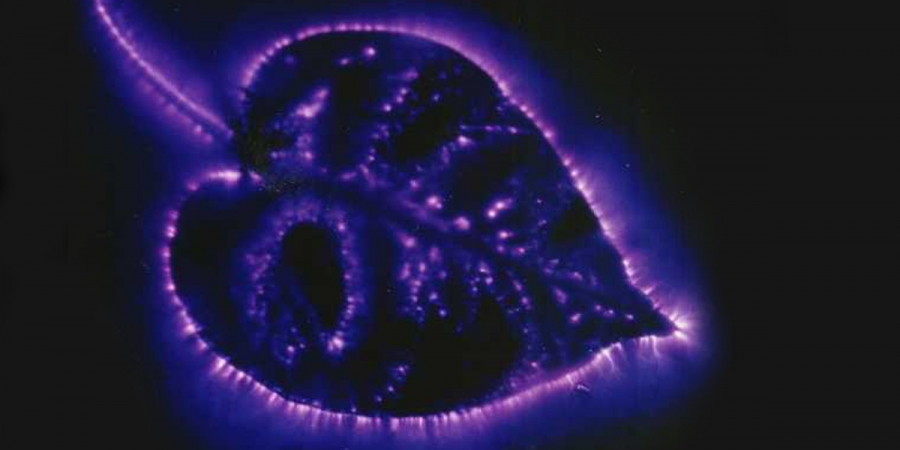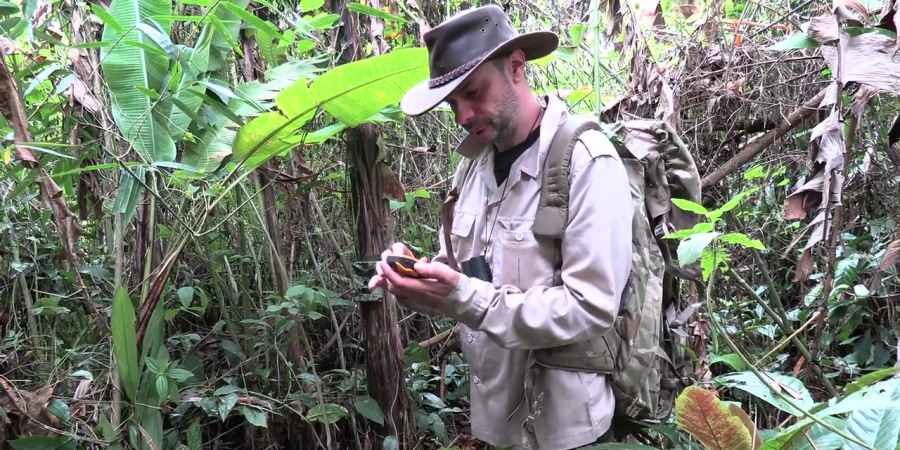
Photo: Tanzania Wild Sky

Photo: Tanzania Wild Sky
Cryptozoology is the study of animals that are believed to exist for which there is no scientific evidence. The term "cryptozoology" is derived from the Greek words "kryptos," meaning hidden, and "zoology," meaning the study of animals, but even before the term was coined, there have been many reports of unknown or extinct animals. It was coined in the 1950s by Bernard Heuvelmans, a Belgian zoologist often credited as the 'father of cryptozoology.' He wrote several books on the subject, including 'On the Track of Unknown Animals' (1955) and 'In the Wake of the Sea-Serpents' (1968), which helped popularise the field.
The history of cryptozoological creatures, or cryptids, can be traced back to ancient times, when people first began to tell stories about mysterious creatures. In these times, legends and myths about creatures such as dragons and griffins were passed down through generations.
During the 19th and 20th centuries, the field of cryptozoology began to gain more attention with the publication of books such as 'The Story of the Loch Ness Monster' by Tim Dinsdale, 'The Book of Imaginary Beasts' by Jorge Luis Borges with Margarita Guerrero, and 'On the Track of the Sasquatch Bigfoot' by John Green.
In the 1960s and 1970s, several other researchers and organisations began to investigate claims of unknown or extinct animals. Among them was the Society for the Investigation of the Unexplained (SITU), founded in 1965 by Ivan T. Sanderson. Sanderson was a Scottish-American naturalist and author who wrote several books on cryptozoology and the paranormal, including 'Abominable Snowmen: Legend Come to Life' in 1961.
An Irish-American cryptozoologist and researcher, Peter Byrne, founded the Loch Ness Investigation Bureau (LNIB) in 1962. Byrne had been investigating the Loch Ness Monster and other cryptozoological creatures for several decades.
In 1982, the International Society of Cryptozoology (ISC) was formed with the aim of promoting the study of hidden animals and investigating reports of unknown or extinct animals. However, despite the efforts of Heuvelmans and other cryptozoologists, the field of cryptozoology has not been widely accepted by the scientific community. Even the ISC ceased to exist in 1998 due to financial problems.
The scope of cryptozoology is broad, as it encompasses a wide range of unknown or mysterious animals whose existence or survival is disputed or lacks evidence. This includes the study of animals that are not recognised by science or animals that were believed to be extinct but that may still exist.
Cryptozoologists investigate reports of these animals using methods and techniques from fields such as zoology, anthropology, and biology. The evidence is evaluated to try to determine if the creatures are real or if there are alternative explanations for the sightings.
The scope of cryptozoology can include studying the historical and cultural background of these creatures, investigating reports of sightings, and analysing physical evidence such as footprints, hair samples, and DNA.
Some cultures have a rich history of legends and myths surrounding unknown or mysterious animals, such as dragons and griffins, while others may have fewer such stories. In Western cultures, the field of cryptozoology has been primarily associated with the search for unknown animals such as the Loch Ness Monster, Sasquatch, and the Chupacabra.
In contrast, in some indigenous cultures, there are stories and legends of unknown animals that are considered to be real. For example, in some African cultures, Mokele-mbembe is considered to be a real animal with supernatural powers, and the beliefs about its existence are deeply rooted in their culture.
There are several examples of animals that were once considered to be cryptozoological creatures that are now recognised as real animals. One example is the okapi, a mammal that is native to the Ituri Rainforest in the Democratic Republic of Congo. The okapi was first described by Europeans in 1901 and was initially thought to be a cryptozoological creature or a new species, but it was later classified as a member of the giraffe family.
Another example is the coelacanth, a fish that was thought to have gone extinct with the dinosaurs around 66 million years ago. In 1938, a live specimen was caught off the coast of South Africa, and scientists were able to confirm that the species was still in existence. The mountain gorilla, which was first described in 1902, was once considered a cryptozoology creature, but now it is considered a real animal. As was the giant panda, which was once considered a mythological creature in the Western world.
These are just a few examples, but there are many other animals that have been discovered or reclassified as real animals after being considered as cryptozoological creatures. It is important to remember that just because a creature is not yet known to science, it does not mean that it is not real. It is also important to use the scientific method, skepticism and critical thinking to evaluate the evidence presented in order to separate facts from myths and legends.
After all, it is the inability of some researchers to separate facts from myths that has made cryptozoology a controversial field. Many scientists and experts in the fields of biology, zoology, and palaeontology do not consider cryptozoology to be a legitimate scientific field. In general, cryptozoology is considered a fringe or pseudoscience by many experts, as it often relies on anecdotal evidence and personal testimony, which can lead to inaccurate or unreliable research.
Cryptozoologists today research a wide variety of animals, but perhaps the best known is Bigfoot. Also known as a sasquatch, this is a cryptid said to resemble a large, ape-like creature and is said to inhabit forests, mainly in North America. Another globally famous cryptid is the Loch Ness Monster, a creature said to inhabit Loch Ness in Scotland and is often described as a large, long-necked creature with flippers.
The chupacabra, a creature that is said to inhabit Latin America and is often described as a dog-like or reptilian creature with spines or quills down its back, is also of interest to cryptozoologists. The yeti, or abominable snowman, is a creature said to inhabit the Himalayas and is often described as a large, ape-like creature that lives in snowy regions.
These are some of the most commonly researched animals by cryptozoologists today, but there are many other mysterious creatures that are researched by cryptozoologists, such as sea serpents, lake monsters, giant squids, and more.
More Essential Parapsychology
See All
ArrayOctober 11, 2024
The Reality Behind Kirlian Photography’s Glowing Auras

ArrayOctober 07, 2024
Could Retroactive Psychokinesis Allow Us To Influence The Past?

ArrayOctober 05, 2024
What Spontaneous Cases Are & Why Parapsychologists Research Them
Further Reading
Dive into the world of the paranormal and unexplained with books by Higgypop creator and writer Steve Higgins.

The History & Mystery Of Parapsychology
A deep dive into paranormal phenomena, exploring history, science, and psychology.
Buy Now
The Killamarsh Poltergeist
The story of a family in Killamarsh experiencing strange and unexplained events in their home.
Buy NowMore Like This

Big CatsMarch 12, 2025
Elusive Orang Pendek & Sumatran Tiger Discovery Captured In Groundbreaking Expedition

ParanormalOctober 12, 2024
Recurrent Spontaneous Psychokinesis The Parapsychological Principle Behind Poltergeists

ParanormalOctober 11, 2024
The Reality Behind Kirlian Photography’s Glowing Auras

ParanormalOctober 07, 2024
Could Retroactive Psychokinesis Allow Us To Influence The Past?
 See More on Audible
See More on Audible
Comments
Want To Join The Conversation?
Sign in or create an account to leave a comment.
Sign In
Create Account
Account Settings
Be the first to comment.